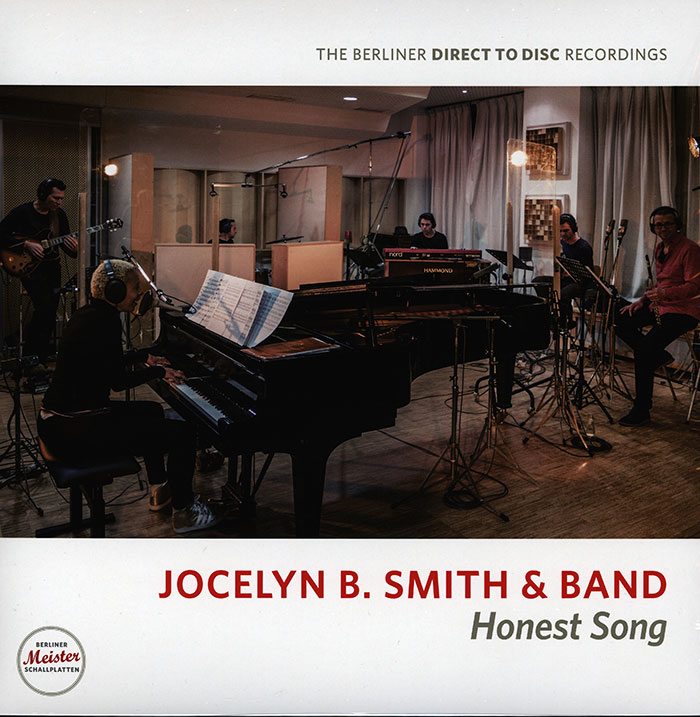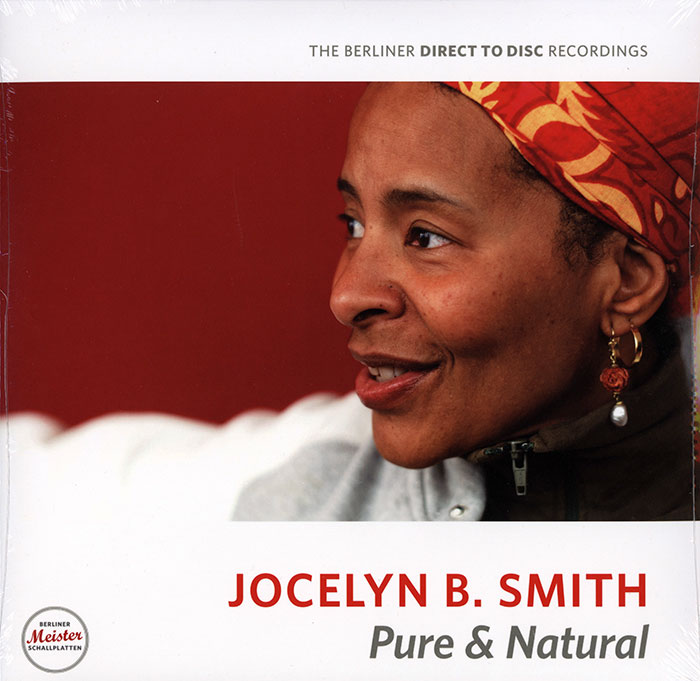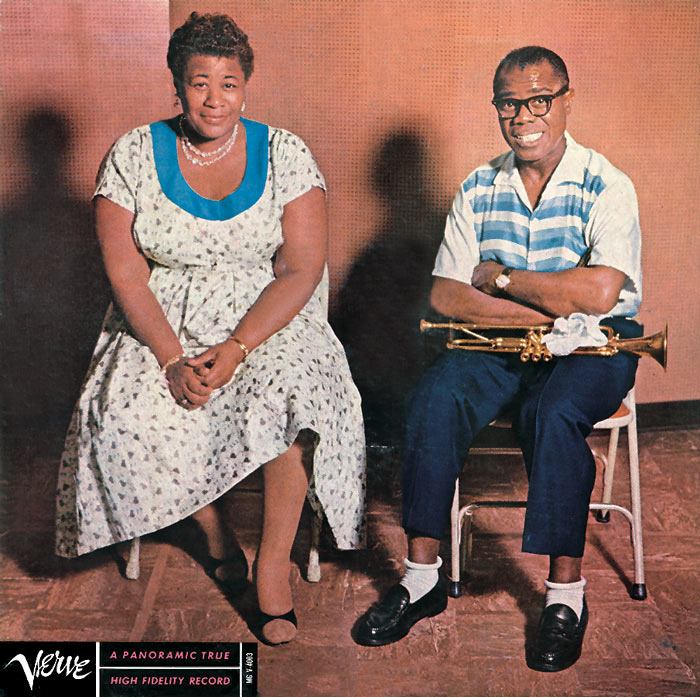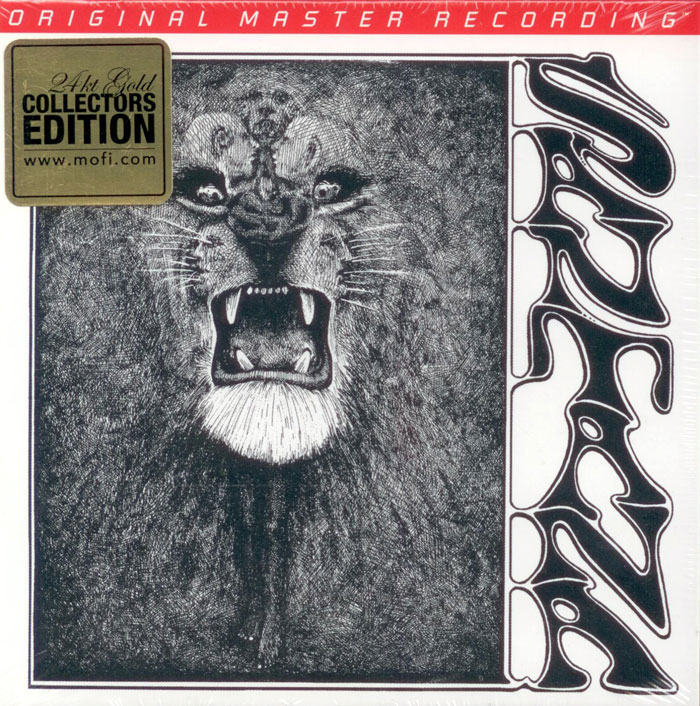Logowanie
Mikołaj - ten to ma gest!
Elton John, The Mamas & The Papas, Cat Stevens, Rod Stewart, Bobbie Gentry, Stevie Wonder, Engelbert Humperdinck
Memory Lane
Edycja Numerowana - 1000 egzemplarzy w skali światowej
RACHMANINOV, Eiji Oue, Minnesota Orchestra
Symphonic Dances / Vocalise
Best Recordings of 2001!!! NAJCZĘŚCIEJ KUPOWANA PŁYTA Z RR!
Karnawał czas zacząć!
Music of Love - Hi-Fi Latin Rhythms
Samba : Music of Celebration
AUDIOPHILE 24BIT RECORDING AND MASTERING
CHOPIN, LISZT, DEBUSSY, DVORAK, Gerhard Oppitz
Dances romantiques - A fantastic Notturno
Wzorcowa jakość audiofilska z Clearaudio
Winylowy niezbędnik
ClearAudio
Double Matrix Professional - Sonic
najbardziej inteligentna i skuteczna pralka do płyt winylowych wszelkiego typu - całkowicie automatyczna
Jocelyn Smith
Honest Song
- Jocelyn Smith - vocal and piano
Direct-to-Disc ( D2D ) - Numbered Limited Edition
The celebrated Diva Jocelyn B. Smith has been lauded by the Frankfurter Allgemeine Zeitung for her outstanding productions in the fields of jazz, soul, blues, pop, rock, gospel, funk, crossover and classical music, and described her as a »total work of art« – and now she surprises us yet again with a completely new genre.
Born in New York in 1960, she moved to Berlin in 1984 where the music scene has become unthinkable without her. This is not only due to her powerful voice and her numerous cross-genre productions and collaborations – ranging from productions with Falco to composers such as Heiner Goebbels and Mikis Theodorakis – but also due to her social engagement.
The present direct-to-disc production was made following the recording of her CD "Here I Am" and contains seven songs, which were performed live in the studio before an enthusiastic audience and captured directly onto disc.
This vinyl album takes Jocelyn B. Smith back to her childhood roots and the piano. She transports the sound right back to its original form and uses this as a basis for her art. She then weaves in further strands, whereby she delves into her musical experience and allows both her own compositions and those of old masters (J. S. Bach, Sergej Rachmaninov, Ludwig van Beethoven) to come to life.
In "Honest Song" she allows us a peek under her veil, the often-misunderstood 'Diva' veil. We accompany her in her moments of fear, hopelessness and self-contemplation.
Jocelyn Smith (voc, p);
Volker Schlott (sax, fl);
Bene Apperdanier (keyb);
Simon Anke (el-org);
Kai Brückner (g);
Markus Runzheimer (b);
Heiko Jung (dr)
Jocelyn B. Smith - w naszej ofercie
DIRECT-TO-DISC
100% Disc
With a direct to disc recording, the music is recorded directly onto a lacquer disc.
The original carrier for manufacturing a vinyl record is the so-called lacquer disc. Direct-to-disc recordings use the lacquer disc as recording medium. Direct-to-disc productions are recordings, which are optimised for vinyl records.
100% Authentic
Genius is genius, mistake is mistake. There is only one chance. What has been played can be heard. What can be heard has been played.
A musician once compared direct-to-disc productions with walking a tightrope. He would perform differently if he knew that there was no chance to correct, cut or improve anything afterwards. It would be more honest and more conscious.
100% Analogue
From the microphone to the final vinyl disc, the audio signal stays analogue, without compromise.
Lacking a storage process on tape or as a coputer file, there are very short and direct signal routes. The instruments' sound waves are transformed into electrical oscillations by microphones, and cut into a groove on the lacquer disc by the cutting stylus directly and without any delay. Direct-to-disc recordings do without digitising the music, and also without a lossy storage on analogue tape.
100% Music
What you can hear on a direct-to-disc recording is the result of a long preparation and rehearsal time. It is not the result of subsequent manipulation and further changes of arrangement and recording.
With today's modern digital signal processing, mistakes are usually corrected in normal recordings. Why play perfectly, if it can be fixed in the computer afterwards anyway? This way of thinking leads to a very different recording process than recording direct-to-disc, as this possibility has been removed deliberately.
100% Originality
Direct-to-disc recordings are originals.
The recording is made onto a lacquer disc. With a galvanic process this lacquer disc is turned into an extrusion die. Every vinyl disc is thus an original copy of this recording. Because lacquer discs and extrusion dies are destroyed or worn out during the manufacturing and multiplication process, the pressed vinly discs are ultimately the best possible reproductions of a direct-to-disc recording.
100% Risk
Recording direct-to-disc is a very consequent way of producing a music recording. The production process and the use of technology is very different from conventional recordings. Everyone involved in a direct-to-disc recording must be able to rely completely on his colleagues' skills, as any mistake from the musicians, the recording team, the equipment or the galvanic process is audible or can lead to a cancellation of the whole production. Musicians and engineers report that in today's time, they perceive this as an enormous incentive and inspiration.

































